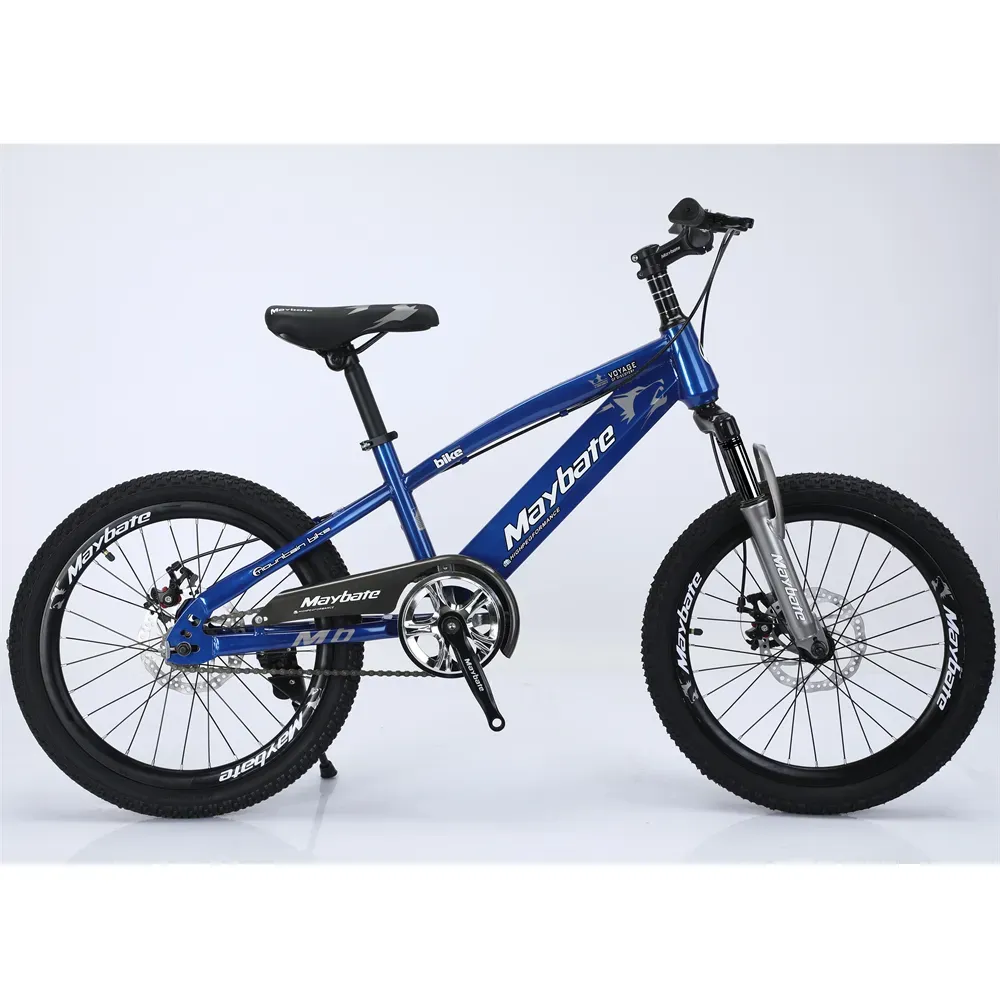how to choose a mtb
How to Choose a Mountain Bike A Comprehensive Guide
Choosing the right mountain bike (MTB) can be a daunting task, especially with the wide variety of options available in the market today. Whether you're a seasoned rider or a newcomer to the sport, understanding the key factors that influence your choice can significantly enhance your riding experience. Here’s a comprehensive guide to help you make an informed decision.
1. Determine Your Riding Style
Before diving into the specifics of mountain bikes, consider your preferred riding style. Do you plan to ride cross-country trails, tackle rugged terrains, or enjoy downhill racing? Each riding style demands different features in a bike. Cross-country mountain bikes are typically lighter and more efficient for long rides, while downhill bikes are built for stability and strength on steep descents. Evaluating your intended use will help narrow down your options.
2. Frame Material
The frame material is one of the most critical factors affecting your bike’s performance and weight. The common materials used in mountain bike frames include
- Aluminum Lightweight and affordable, aluminum frames are popular for beginners and casual riders. They are resistant to rust and offer a good balance between strength and weight.
- Carbon Fiber Known for its superior strength-to-weight ratio, carbon fiber frames are favored by serious cyclists looking for high performance. They can absorb shocks better, providing a smoother ride, but come at a higher price.
- Steel Though heavier than aluminum and carbon, steel frames are known for their durability and comfort. They are often preferred for bike touring and commuting.
Understanding the advantages and disadvantages of each material can help you choose a bike that fits your requirements.
3. Suspension Type
Suspension plays a crucial role in how a mountain bike handles bumps and rough terrain
. There are two main types of suspension systems- Hardtail Featuring a suspension fork in the front and no rear suspension, hardtail bikes are generally lighter and more efficient for climbing. They are suitable for smoother trails and cross-country riding.
how to choose a mtb

- Full-Suspension Equipped with both front and rear suspension, these bikes provide better shock absorption and comfort, making them ideal for rugged trails and technical descents. However, they tend to be heavier and require more maintenance.
Your choice between hardtail and full-suspension should reflect the terrain you plan to ride on most frequently.
4. Wheel Size
Mountain bikes typically come with different wheel sizes, impacting the bike's handling and stability
- 26-inch Wheels Traditionally standard on MTBs, these now appeal to riders who favor maneuverability and quick handling.
- 27.5-inch Wheels A compromise between agility and stability, they offer a good balance for varied terrain.
- 29-inch Wheels Known for their ability to roll over obstacles more easily, they provide better traction and stability, especially for cross-country biking.
Choosing the right wheel size is essential for achieving the desired riding experience.
5. Test Ride
Finally, the best way to choose a mountain bike is to test ride a few models. Pay attention to how the bike feels, including its weight, fit, and handling. A well-fitting bike will enhance your comfort and performance on the trails.
Conclusion
Selecting the right mountain bike requires careful consideration of your riding style, terrain, frame material, suspension type, and wheel size. By understanding these factors and taking the time to test ride different models, you can find the perfect mountain bike that meets your needs and enhances your riding experience. Happy riding!
-
Why Ride On Toys Are Every Kid’s FavoriteNewsApr.03,2025
-
Why a Mountain Bike is Perfect for Outdoor AdventuresNewsApr.03,2025
-
Why a Baby Tricycle is the Perfect First RideNewsApr.03,2025
-
The Joy of Learning with a Kids Balance BikeNewsApr.03,2025
-
The Fun and Benefits of a Childrens ScooterNewsApr.03,2025
-
Find the Perfect Kids' Bikes for Fun and AdventureNewsApr.03,2025
-
Perfect Color for Your Mountain BikeNewsFeb.27,2025








